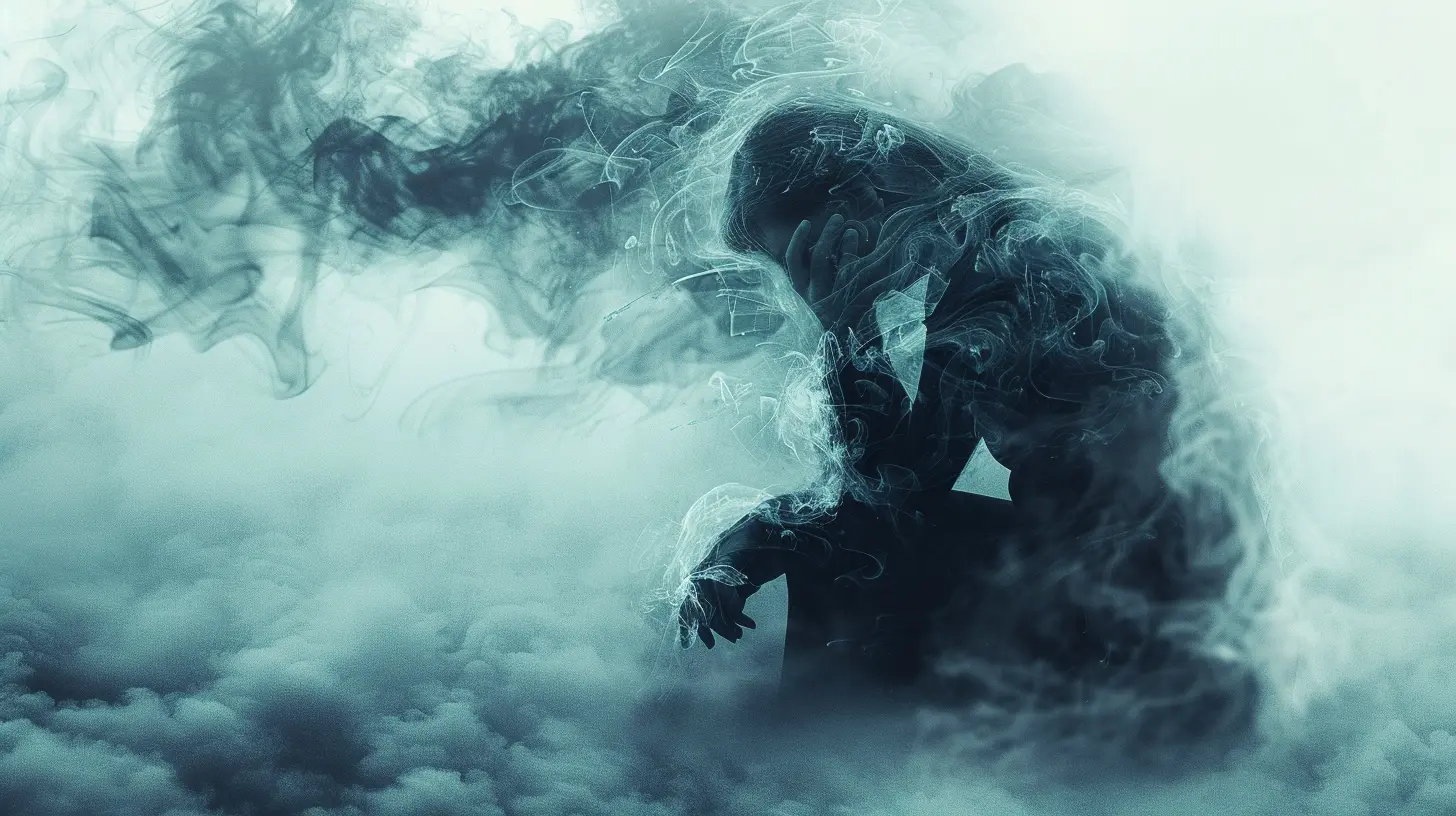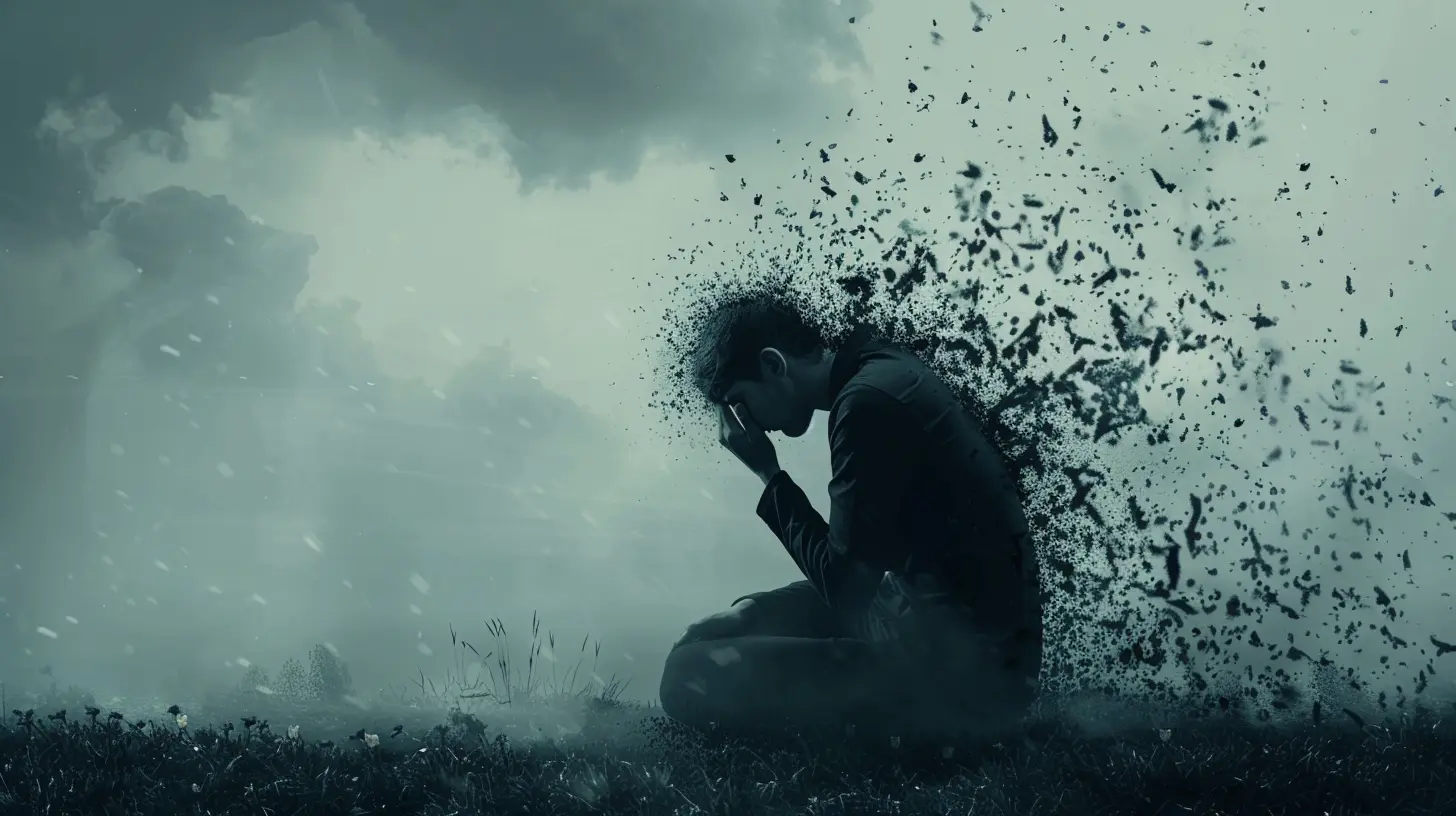Common Misconceptions About Post-Traumatic Stress Disorder
15 October 2025
Let’s face it — mental health has come a long way in terms of awareness, but there’s still a lot of confusion out there. One of the most misunderstood conditions? Post-Traumatic Stress Disorder, or PTSD. The term gets tossed around in everyday conversation, media, and social media. But what does it really mean? And more importantly, what doesn’t it mean?
In this post, we’re going to break down some of the biggest myths and misconceptions surrounding PTSD. Whether you’re curious, concerned about a loved one, or navigating your own journey, I want you to walk away from this feeling more informed and empowered. Let’s clear the fog together.
What Is PTSD, Really?
Before we dismantle the myths, let’s get something straight — PTSD is not just about “being upset” or “having a bad memory." It’s a serious mental health condition that can develop after someone experiences or witnesses a life-threatening event. Think war, natural disasters, car accidents, assault, or any form of intense trauma.Here's the thing — trauma is subjective. What deeply affects one person might not rattle another, and that’s perfectly valid. PTSD isn’t about weakness; it's about how a person's brain processes the shock.
Symptoms of PTSD can include:
- Nightmares or flashbacks
- Severe anxiety or panic attacks
- Emotional numbness
- Avoidance of triggers
- Hypervigilance
- Intrusive thoughts
And nope, it doesn’t always look the same for everyone.
Misconception #1: “Only Soldiers Get PTSD”
This is probably the most common — and damaging — misconception.Yes, the term PTSD gained a lot of attention through its association with war veterans (originally called “shell shock” during WWI), but it’s not exclusive to military service.
Let’s break it down: PTSD can affect anyone who has experienced trauma. Nurses on the frontlines, survivors of abuse, victims of accidents, first responders, people living through natural disasters — the list goes on. Trauma doesn’t discriminate, and neither does PTSD.
So if you’ve gone through something unimaginable and you’re struggling, you’re not being overdramatic. Your pain is real and valid, with or without a uniform.
Misconception #2: “You Have to Experience Physical Harm to Have PTSD”
Another myth that desperately needs busting.PTSD doesn’t always come from visible wounds. Emotional or psychological trauma can be just as potent — sometimes even more so.
Example? A child growing up in an abusive household might have no visible scars, but the emotional toll can shape their entire worldview. Same goes for someone who’s been gaslighted in a toxic relationship or watches a loved one suffer — these experiences can deeply fracture a person’s sense of safety.
So let’s stop measuring trauma by its physical outcomes. The brain doesn’t need a bruise to break.
Misconception #3: “PTSD Happens Right After Trauma — If It Doesn't, You're Fine”
If only mental health were that predictable… but it’s not.PTSD can show up days, weeks, months, or even years after a traumatic event. It’s like a ticking time bomb nestled in the subconscious — triggered by a smell, sound, or memory. This delay can make people (even medical professionals) miss the signs.
Imagine carrying around a backpack full of emotional bricks. At first, you might not feel the weight — you’re surviving. But eventually, that load becomes too much to bear, and the symptoms surface.
So if someone’s starting to struggle long after the trauma happened, don’t dismiss it. Trauma has no expiry date.
Misconception #4: “People With PTSD Are Violent or Unstable”
Let’s set the record straight — people with PTSD are far more likely to hurt themselves than hurt others.Sure, media loves to paint people with PTSD as ticking time bombs or unstable individuals. But that’s harmful and wildly misleading. Most individuals with PTSD are not dangerous or aggressive — they’re simply trying to cope.
In fact, the most common emotions they face are anxiety, fear, depression, and profound sadness. Not rage. Not instability. Just pain tucked behind survival mechanisms.
Labeling people with PTSD as “crazy” or “dangerous” only deepens their shame and isolation. And truthfully? That kind of stigma does more damage than the disorder itself.
Misconception #5: “Talking About It Makes PTSD Worse”
This one’s tricky, because yes — talking about trauma can be painful. But here’s the catch: silence doesn’t heal, either.Avoidance might feel like a quick fix, but bottling everything up creates pressure that eventually explodes. Think of trauma like a heavy suitcase — carrying it alone for too long wears you down. Talking, especially in a safe space like therapy, helps lighten the load.
Now, this doesn’t mean you have to spill your guts to everyone you meet. But seeking help, whether it's through friends, support groups, or professionals, is often the beginning of real healing.
Let’s stop telling people to “just move on” and start telling them “I’m here when you’re ready.”
Misconception #6: “If You’re High-Functioning, You Can’t Have PTSD”
This myth is a sneaky one because it hides behind appearances.You can be working a demanding job, raising kids, cracking jokes — and still be battling PTSD under the surface. It’s possible to look “put together” on the outside while barely holding it together on the inside.
High-functioning PTSD is very real, but it often goes unnoticed because the symptoms are internal. Things like chronic anxiety, intense perfectionism, emotional detachment, or obsessive behaviors might be coping mechanisms.
So remember this: Just because someone seems fine, doesn’t mean they are. Mental health doesn’t always wear a name tag.
Misconception #7: “Only Weak People Get PTSD”
Oof. This one hits hard — and it’s completely false.PTSD has nothing to do with strength or character. In fact, some of the strongest, most resilient people you know might have PTSD — because surviving trauma takes grit.
Anyone who’s been through trauma can develop PTSD, regardless of their resilience, toughness, or willpower. It’s a biological and psychological response, not a choice or moral failing.
If anything, asking for help or facing your trauma head-on is the opposite of weakness. That’s courage in its rawest form.
Misconception #8: “There’s No Healing — You Just Have to Live With It”
Here’s something that gives me hope: PTSD is treatable.There’s no magic pill or one-size-fits-all solution, but hundreds of thousands of people have walked the road to healing — many of them thriving afterward. Treatment can include:
- Trauma-focused therapy (like EMDR or CBT)
- Medication (for anxiety, depression, or sleep issues)
- Mind-body practices like yoga or meditation
- Support groups and community connection
Healing isn’t linear. It zigzags. Some days are better, some aren’t. But you’re never stuck. You’re not doomed. And you’re definitely not broken.
Recovery doesn’t mean forgetting the trauma. It means learning how to live with it instead of being ruled by it.
So, What Can We Do?
Good question. Dispelling myths is a first step, but it’s not enough. Here's what we can all do to create a more supportive environment for people with PTSD:1. Educate Yourself and Others
When you understand the real facts, you can challenge stereotypes when you hear them. Don’t let misinformation slide — help others see the bigger picture.2. Be Compassionate
You don’t have to “get it” to be supportive. Sometimes just saying, “I’m here for you,” or “What do you need?” can make all the difference.3. Encourage Professional Help (Without Shame)
It’s okay to say, “Have you talked to someone about this?” Just offer it gently, without any judgment. Therapy doesn’t mean something’s wrong with you — it means you’re working on making things right.4. Respect Boundaries
Some people aren’t ready to talk about their trauma. And that’s okay, too. Support doesn’t always mean fixing — sometimes it means just being there.Final Thoughts: Let's Drop the Myths and Embrace the Truth
PTSD isn’t a box you can neatly label. It’s complex. It’s deeply personal. And it’s more common than you think.If you take away just one thing from this post, let it be this: PTSD doesn’t define someone. It’s not who they are — it’s something they’re going through. With compassion, education, and understanding, we can make the world a safer, kinder space for healing.
You are not alone. And more importantly, you *don’t have to heal alone.
all images in this post were generated using AI tools
Category:
Post Traumatic Stress DisorderAuthor:

Janet Conrad
Discussion
rate this article
1 comments
Viva Castillo
What a fantastic article! 🌟 Understanding PTSD is so important. Clearing up misconceptions can truly help those affected feel more supported and less alone. Keep shining!
October 25, 2025 at 3:00 AM

Janet Conrad
Thank you so much for your kind words! I'm glad you found the article helpful in raising awareness about PTSD. Your support means a lot! 🌟


